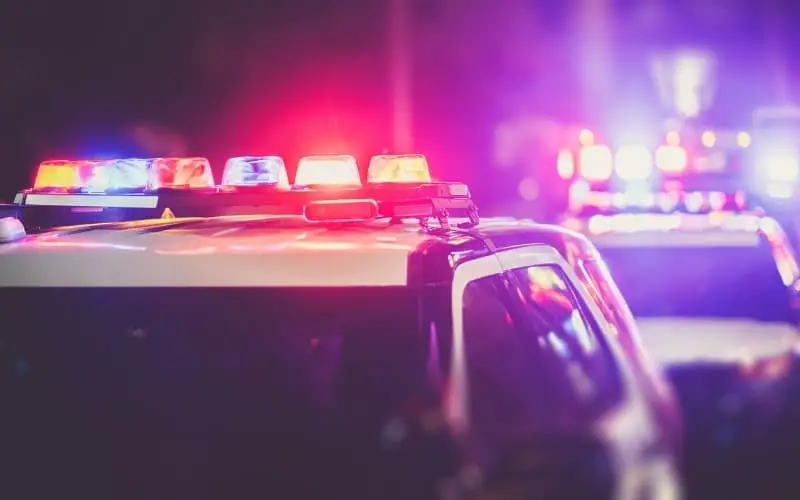

Police, it doesn’t matter if you are in the Netherlands or America. Everyone knows what you are talking about. They are people that keep citizens safe, fight crime, and keep an eye out for danger. But is it fair that we scale all police under the same system, or is there a difference between the Dutch police vs American police system?
The main difference between the Dutch and American police is the way the systems are built up. In America, each state has its own police and sheriffs department. In the Netherlands, the police are split into 25 regions, all working together, following the same rules and laws.
Police will always be the safe keepers of a country. This doesn’t necessarily mean that each country does this in the same way. In this article, we take a closer look at the Dutch police and the American police. I've put the systems side by side and this will give you a good idea of how the police work in both countries at the end.
Of course, each country has its own police system and the setup can vary considerably from country to country. Below we compare the police systems of both countries so that the similarities and differences become clear.
The number one goal of the Dutch Police is to enforce Dutch laws, prevent, maintain order, and help in any way needed. As well as work together with the public ministry. The Dutch police system has been built up in different ways over the years.
In 1993 the Police System was up for its biggest reorganization thus far. Government and state police disappeared, and instead, they divided The Netherlands into 25 different regions. Each region is working independently run by its own chief. The mayor of the biggest government, within one region, often becomes the chief. The Mayor (chief) and the head prosecutor work closely together as they are responsible for one of the 25 regions. Now in 2022, this is still how they operate.
Even though the police system is split up into 25 regions, this doesn’t mean that they don’t work together or share their expertise. All 25 chiefs together form the regional college. The regional college makes crucial and main decisions about police-related matters in The Netherlands.
There is one exception. When the police are used to detect criminal offenses, the prosecutor and public ministry make the final decision. Working for the police means you are working for the Government. This is why the government funds the police system in The Netherlands.
The American police system is a very vast topic that does differ between each individual state in the country, and it is also tied to the courts and correctional aspects of the law, too. The three sectors establish an operation that collectively investigates and orders criminal sentences.
The very first police department was formed in 1844 in New York, and other states soon followed after. The police system is mostly overseen and funded by the government, whether that be at the federal or state level. There are different types of law enforcement and different rankings, such as the highway patrol and sheriff’s office.
The police system in the United States is the first line of response in suitable situations, as well as the system that upholds public order and enforces the laws in place. Law enforcement is also the second most funded program by local governments throughout the country, right after education. Throughout the United States, there are nearly 18,000 different police agencies in total.
The use of weapons is, of course, part of all police forces in the world. However, it can vary significantly from country to country how heavily armed officers are equipped and whether the use of weapons is common.
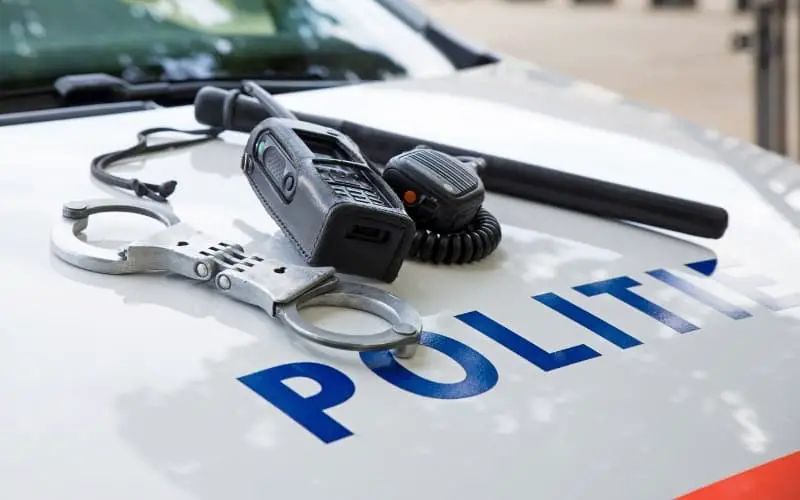
Most police officers are allowed to carry a gun and other protective gear to keep them safe. The street officers form the lowest ranking within the Police System and they are the only ones not permitted to carry a gun. After establishing a 3-year training the officer becomes an agent. This automatically allows him or her to carry a gun.
The gun, also known as a service gun, is only allowed to be used when it is absolutely necessary. In situations like an arrest of a serious crime or when there is a legit reason to expect that the suspect is carrying a fire weapon themselves, officers can use their gun. Each time a firearm is shot by the police that hits someone, there is an investigation performed to establish if the shot was warranted or not.
Apart from carrying a gun, street officers also have pepper spray, a baton, a radio, a cellphone, handcuffs, and tear gas. Just like with guns, all weapons are only allowed to be used when absolutely necessary. Meaning that the police are allowed to use their weapons when the violence justifies its purpose or importance.
Police officers in The Netherlands are not only equipped with weapons but also wear uniforms to keep themselves safe. A part of their uniform is the bulletproof vest that protects them against firearms and stabbing weapons.
The short answer is yes, the law enforcement in the United States does carry guns on them. It is typical for police officers in the United States to carry handguns, as well as other nonlethal weapons such as batons, pepper spray, tasers, and tear gas.
It is standard now for officers to have access to semi-automatic rifles readily available in their patrol cars, as well. The police system in America has become increasingly militarized that has allowed the organization to have more access to a variety of assault rifles, grenades, and military-grade vehicles and tanks.
The weapons and militarization of the police system in the United States have stirred up a lot of controversy in recent years among citizens. Training regimens and centralized chains of commands are two strategies that the law enforcement systems have begun using to model after the broad military organizations that exist in America.
Police officers often face a difficult task, they have to enforce the law, but at the same time remain accessible to the population. It is therefore very difficult for the police to keep this in the right balance, and when things go wrong, it will be criticized a lot.
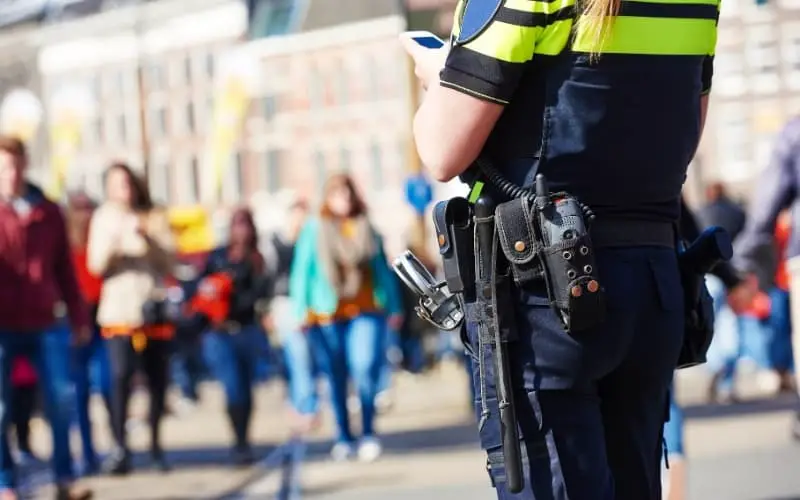
As more and more become visible on social media, this has a big impact on the police and the way they function. Therefore the Dutch Police System finds it important to do continuous research on how the citizens view the police. In the last 20 years, there has been a big shift. Especially the younger generation doesn't view the police in the same way the older generation does.
Unfortunately, the younger generation has less respect for authority. We mainly see this in areas where there are more immigrants. This is a conflict between the state and the immigrants, both disagreeing on the cause. Immigrants believe that they are quicker seen as suspects by the police. Police on the other hand believe that there is more crime amongst immigrants as they are often financially less fortunate.
Research has shown that citizens feel more authorization towards police officers of foreign nationality. Therefore the police system is trying to introduce more foreign citizens into working for the police corps.
In contrast to the above statements, the police are viewed as very helpful, and citizens are satisfied by their surfaces in need. Research has shown that the overall rating on how Dutch citizens view the police have gone up in the last few years.
The research mostly shows the increase of trust towards the police system. The Dutch Police system believes that the police's legitimacy stands and falls with the trust that citizens have in them.
With such a large law enforcement system in the United States and the country itself just being very large in general, there are many conflicting opinions throughout the nation about the police in this country.
Especially in recent years, views of the American police system have changed a lot and many citizens have become more vocal about sentiments towards it. Law enforcement in America generally agrees that more officers are needed and that assault-style weapons should not be banned, while a large majority of citizens in the United States feel otherwise.
Since the United States is such an expansive country in size, the general opinion of law enforcement fluctuates greatly between the various regions. With the increase of exposure of the violence that is taking place within the police system, the general public of the country has begun viewing the police system less favorably and a lot of citizens have been calling for reform within the organization.
While many within the United States do not favor the power of the police force, they also do have a large support system among the citizens. It is fair to say that the younger generations in the United States are less supportive of a more involved and weaponized police force, while the older generations are more in favor of these aspects.
Overall, there is a general call for reform within the law enforcement system among the citizens of the United States to ensure fewer mishaps and abuse of power. Some citizens are even going as far as calling for the police system to be abolished, but that is not the general consensus.
Unfortunately, the police must occasionally use force to maintain order. However, in many countries, unnecessary violence is also used, according to many residents. However, violence against the police is also growing in many countries, causing situations to escalate more and more.
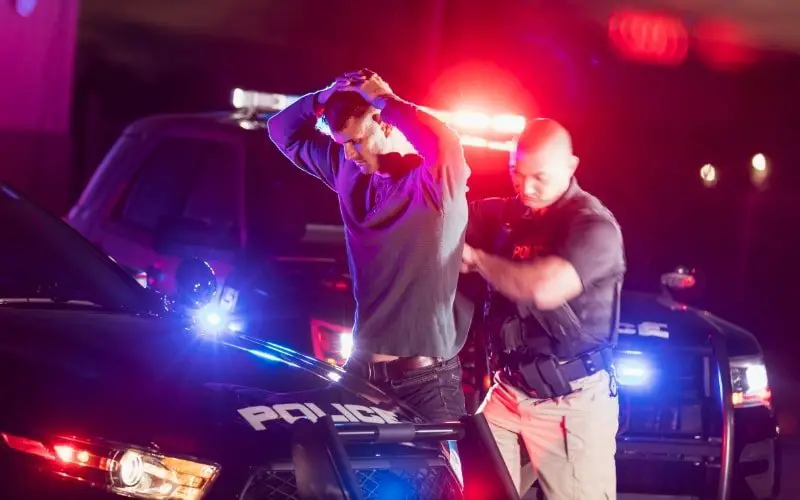
Violence towards the police and violence towards citizens by police officers is a hot topic in The Netherlands and the rest of the world. Social media and the internet have made it easier to spread attention and information at a much faster rate. Filming violent behavior and spreading this online has caused a new perspective about how citizens and police officers are treated.
In 2019 there were 29 cases of assault towards police officers a day. This was an increase of 11 percent in one year. Especially police officers that work around nightlife have a higher chance of getting assaulted (this increased by 40 percent in a year.) This is also because (as described above) the younger generations have less respect for authority. Seeing videos shared by social media putting police officers in a “bad” light doesn’t help.
It isn’t just the police that experience more violence on the street. A major division started when more and more media showed the violence police use on civilians. These videos are easily visible on social media shared over the world, causing multiple demonstrations.
In The Netherlands, there have been several cases where arrests turned out into deaths because of force that police used. After most incidents, the officer responsible for the death wasn’t prosecuted. The biggest division happened in 2019. This was when a new law was approved.
Until then, police officers using an unnecessary amount of violence would be sentenced to a maximum of 15 years of prison time. The new law states that officers will get a maximum of 3 years in prison and can also be put out of office. The decrease in prison years hasn’t been taken well by Dutch citizens. This causes multiple demonstrations and more assaults towards police on the street.
When it comes to law enforcement in the United States, there, unfortunately, have been many incidences of police violence throughout the years. Due to social media and the ability to spread awareness at a much higher rate now than ever before, there has been more light that has been shed on the instances of violence within the police system. The cases of police violence reach the news all over the world, and a spotlight has definitely been put on the United States law enforcement system for this reason.
Over the summer of 2020, the United States saw the largest uproar and number of participants in protests that have ever taken place in the country. In May of 2020, there was a very public case of police brutality that resulted in the death of an African American man known as George Floyd.
Protests quickly swept through countries all over the world for many weeks when this incident became public. This was unfortunately not the first instance that fatal police violence has occurred, but it was indeed a massive catalyst throughout America and a wake-up call for many regarding the reality of the existing police violence in the United States.
In the year 2019, there were on average about 3 times more incidences of police-related violence in America than in other countries, like Canada, the Netherlands, and Australia. The citizens in the United States primarily think the police system is necessary for all-around safer environments, but reform of the system has been called for among several institutions so that police brutality and racial profiling do not continue to be a widespread issue in the country.
Below you will find out how both police forces are structured in different sections and functions.
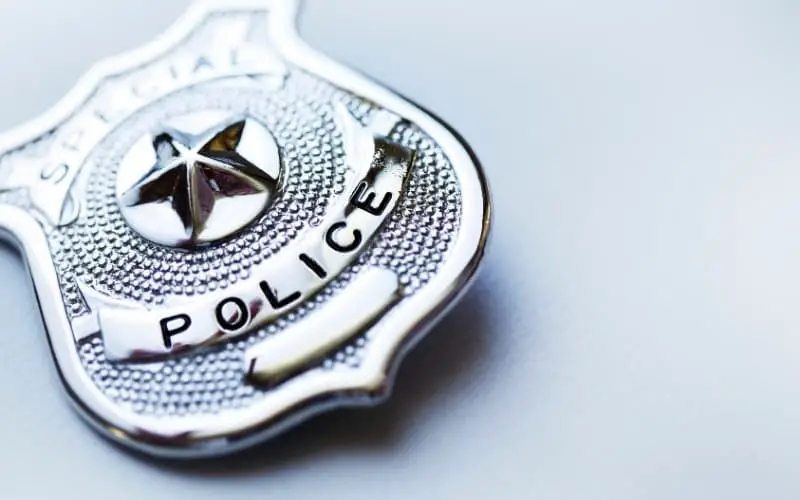
Even though the Police system is divided into 25 different regions, they all still work together. You can divide the police system into approximately 10 different rankings. Each ranking is represented in the 25 different regions, the only exception being the chief commissioner. The Chief Commissioner is the highest-ranking within the police system and there is only one.
Aspirant:
Every officer in training is named Aspirant. If the training takes four years to complete, they will have the title of Aspirant for the full four years. After completing their training, they will get promoted to the title that they studied for.
Street Officer:
A street officer is the eyes and ears on the street. It takes about 1.5 years to become a street officer. As a street officer, you are not allowed to carry a gun. For protection, they do have a baton on them.
Agent:
The next step up the ladder is to become an agent. It takes three years to become an agent, and they are allowed to carry a gun. The agent goes to higher risk situations like burglaries, abuse, major accidents, etc.
Chief Agent:
As a chief Agent, you work alongside other agents on the street. The main difference is that the chief agent is also responsible for estimating the risk of a situation and discussing this with their supervisor.
Brigadier:
The Brigadier works alongside the chief agents and agents on the street. As a Brigadier, you also have a coordinating responsibility. There is normally a certain area that is assigned to the brigadier to coordinate.
Chief inspector:
The main role of a chief inspector is to supervise a team. Working together with the justice apartment. Keeping an eye out for the maintaining of protocols.
Commissioner:
Just like the chief inspector, commissioners have a supervising role. The commissioner has the leadership over a district. The commissioner communicates with the chief inspectors from different teams.
Chief Commissioner:
Is the highest position within the Dutch police system. He is the chief of the 25 different regions. He maintains a close relationship with the minister of internal affairs and guides the protocol of the national police.
In contrast to most other countries, the United States police system does have several different sectors and rankings within it. Some law enforcement is overseen by the federal government, but a large majority of it is regulated by each individual state in the country.
There are the sectors of the highway patrol, state police, county sheriffs, and federal agencies within the police system in the United States. There are police academies available within each state for prospective officers to gain their skillset and knowledge about the law and how to uphold it. Within each of these divisions, there are individual rankings among officers, as well.
Let’s break down some more in-depth information regarding the different ranks among the American law enforcement system.
Local Police:
Local police organizations vary from city to city, and they typically focus on maintaining public order in the immediate area as well as traffic patrolling. The local police can handle regional investigations whenever necessary, as well.
State Police and Highway Patrol:
The responsibilities of state police and highway patrol agencies differ between each state, but a lot of times they do have similar duties. The major difference is the fact that state police agencies act as full-service law enforcement organizations, and the highway patrol primarily deals with traffic incidences, crimes, and accidents. State police can assist in statewide crime investigations, too.
Sheriffs:
One sector of police that is relatively unique to the United States is deputy sheriffs. Sheriffs are appointed by individual states into counties to uphold the laws of that state. Deputy sheriffs normally operate the local correctional centers and answer calls outside of the local police dominion.
Federal Agencies:
At the national level, which means it is governed by the federal government of the entire United States, there are also law enforcement agencies. The federal law enforcement agencies typically deal with matters that involve the entire country. The primary federal law enforcement is under the divisions of Homeland Security and the Department of Justice. Certain federal law enforcement goes back as far as 200 years, such as the Postal Inspection Service.
Aside from these various sectors within the American law enforcement system, each organization also has its own rankings within them. There are detectives, police captains, sergeants, crime scene investigators, chiefs of police, and several others. Law enforcement in the United States is clearly a very widespread and broad topic.
To give you a clear picture of both police forces, I have briefly summarized below how the police work in both countries.
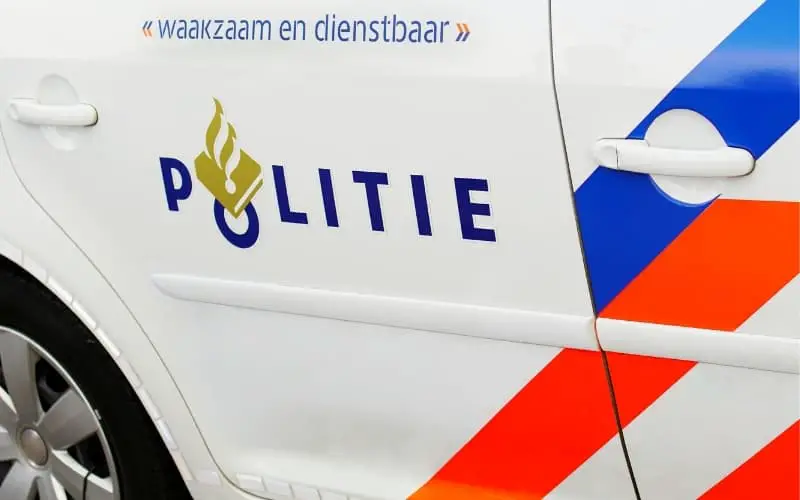
The Dutch police system in the Netherlands is divided into 25 regions. Each employee is divided into 8 different ranks. The lowest rank being Aspirant (still in training), and the highest rank being a chief commissioner. The Netherlands views the police as an important part of the Dutch system. They are responsible for keeping citizens safe and being some extra eyes and ears on the streets.
Within the Dutch police, most officers are allowed to carry guns except for officers that have only completed a 1.5-year training. When it comes to how the Dutch people view the police, there is a bit of a contradiction. On the one hand, they are very pleased with the help they get during emergencies. On the other hand, due to social media's influence, the police have gotten a more negative image.
The Dutch question the amount of force that is used by the police in some cases. Also, the police officers themselves feel like they have less authority than they used to. This is visible by the amount of violence used towards the police on the street, especially officers associated with nightlife.
The police system in the United States is a rather vast topic that is not as simple as in some other countries around the world. As it was mentioned earlier, there are nearly 18,000 different law enforcement agencies throughout the United States alone, so it is definitely an aspect that America values at high importance.
Law enforcement in the United States do carry guns and have easy access to other weapons, which has been a popular topic of discussion regarding unnecessary violence among police officers.
Overall, the citizens of the United States view law enforcement favorably but do not think that more militarization or weaponization is needed for a valuable police force. There has been plenty of attention throughout the world on the United States law enforcement agencies in recent years, as well.
There are many different sectors of the police system in America, schools and programs that individuals can attend to receive the appropriate knowledge and training to pursue a career in law enforcement, and different rankings within the separate divisions that officers can attain after a certain amount of time and experience.
Both the Dutch and American police systems are funded by the government and work to keep citizens safe. Even though they have the same main goal both systems are set up in a totally different way.
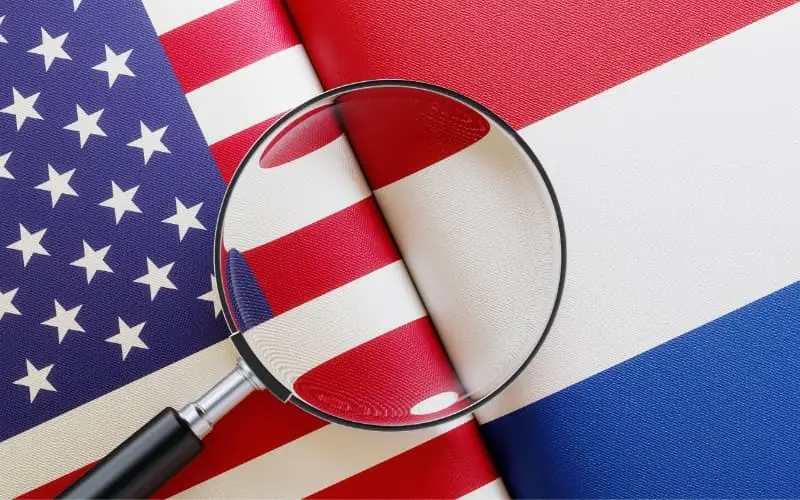
When looking at the general system, the Dutch police system is built up out of 25 regions. Each police officer is responsible for the region they work in. Even though the police system is spread out into 25 regions, the Dutch system intends to work together. They all follow the same laws.
If we compare this to the American police system, this is entirely different. The American police system includes nearly 18.000 different law enforcement agencies. Each state in America is run by its own police and sheriffs department.
Apart from each state having two different police departments, they also make a difference between the different states and the regions within the state that they work in. The American police have to follow American law. These laws are interpreted a lot more freely than the way the Dutch police are ordered to view their laws.
The Dutch citizens and American citizens are both divided in opinion regarding the Police System in their country. In the Netherlands, it is primarily the younger generation that shows less respect for authority, resulting in increased assault towards police officers. On the other hand, the Dutch citizens feel like they can trust the police and view the police system as very helpful in times of emergencies.
The American citizens also show less respect for authority. Due to fast-growing social media, numerous videos show police officers using brutal force against citizens. These videos have shed light on how the police officers operate witch has resulted in a more negative view towards the Police system in general. America is working hard to try to decrease police brutality and racial profiling.
Both the American and Dutch police are trained to be able to fire a gun. Both countries allow their police officer to walk with a weapon on the streets. In the Netherlands, police officers carry a handgun that is only to be shot with if absolutely necessary.
The American police officers also have handguns. The main difference between the systems regarding guns is that the American police system is becoming more and more militarized. This is visible by the fact that American police officers are allowed to carry semi-automatic rifles.
Unfortunately, violence towards police and from police has been a hot topic. Both countries say that violence has increased over the years. Police feel like they have less authority, and citizens disagree with the amount of force officers use.
Especially in America, this has become a big problem. There are more demonstrations, and more citizens are speaking up via social media. America is working hard, so police brutality and racial profiling does not continue to be a widespread issue.
In the Netherlands, we see this same problem. The main difference is that Dutch citizens are a bit more optimistic about how they view their police. Research has indicated that when it comes to emergencies, the Dutch citizens trust and value the help of the police.
Comparing both systems is a bit difficult when it comes to their rankings. This is because both systems are built up in such a different way. The Dutch Police System has 8 different rankings. The aspirant being the lowest rank and the chief commissioner being the highest rank.
If you look at the American Police system, you can’t divide the ranks as easily because of the different ways the states, regions, and departments operate. Being a police officer in America means that you are either apart of the local police, state police, highway patrol, sheriffs, or federal agencies. Within these departments, each officer fulfills their role.
If you look at the different police systems, they are difficult to compare. Both countries work with a completely different system and ranking. There is also a big difference in how they use weapons and the way they view their laws.
The American police are becoming more and more militarized, having different kinds of weapons in their possession. Whereas the Dutch police only work with handguns. Violence has become a hot topic in both countries. Being able to spread videos at a fast rate has caused for a more negative view of police officers and the way they operate. Although both systems vary, they do have the same goal. This is to keep their citizens safe.
I hope you enjoyed reading the blog about the difference between the Dutch police vs American police system. After reading this post, I hope you have a better insight into both systems and how they differ.